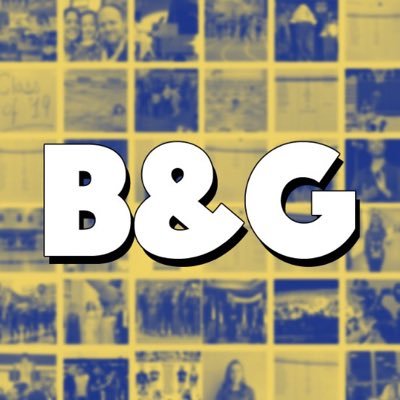Gender identity, personas, and prounouns: Why It Matters
In today’s society, gender is the cornerstone of what is and isn’t appropriate. Pink dress? Must be for a girl. Monster trucks? Must be for a boy. Today, gender is “determined” by what you were born as, and it stays with you forever. The result of this flawed system is millions (yes, millions) of people who simply do not feel as though they were assigned the correct gender at birth. The mainstream solution to this problem is gender reassignment surgery, but for some, even that isn’t right. Even
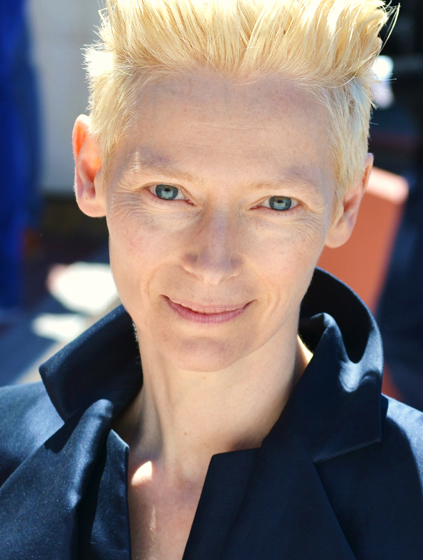
still, there are people who identify as having no gender, or being both genders, or being a third gender. These same people are known as nonbinary, for the fact that their gender, whatever it may be, lies outside the traditional male-female spectrum, the binary genders.
Looking past the binary genders is the equivalent of realizing that ice cream comes in more flavors than chocolate or vanilla. There’s raspberry and mint and frozen yogurt too, and it may all be too much to wrap one’s head around. But in the end, it’s all frozen dairy, just like genders are still just genders, and there are definitions for them all. The nonbinary community is constituted of many different genders or identities, such as agender, bigender, androgyne, intersex, and gender-fluid, which all, of course, are not strictly male or female. This can prove challenging to many, since gender is regarded as essential to one’s being and “place” in society.
In the LGBT acronym, may nonbinary people choose to use the “T” as an umbrella term, to reduce complexity. Other variations include LGBT*, with the asterisk extending to the other genders and sexualities. Since transgender means not being the gender one was assigned at birth, nonbinary people find it easier to be titled transgender first, and nonbinary second.
Many people, even whole societies, are quick to denounce nonbinary persons, saying that gender is biologically determined by chromosomes, but that may not always be so. One of the most (in)famous and frequently cited cases against this is that of David Reimer, also known as “John/Joan”. Reimer was biologically born a male, but after a medical accident at the age of seven months, he was left with deformed genitals. The doctors decided to rear him as a female, changing his name to Brenda and surrounding him with flowers, pink things, dolls, etc. By the age of 13, Rei
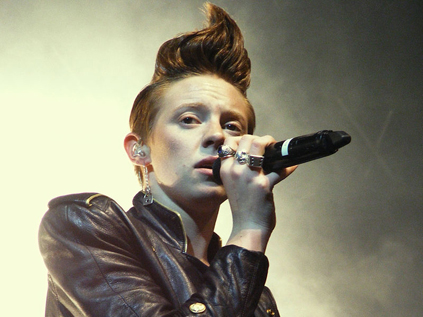
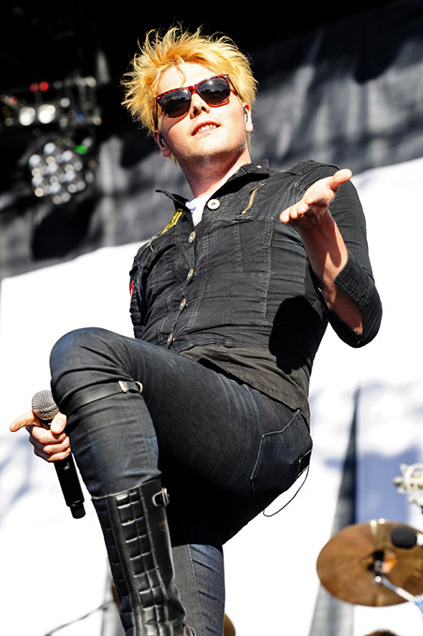
mer had attempted suicide, declaring that he didn’t feel right, prompting the doctors to reveal the truth -- he was born a boy. Reimer immediately underwent surgery to regain his male organs.
The John/Joan case disproves the idea that biology and gender identity are separate, namely by disproving the theory that gender is social construct. Gender is not malleable; surrounding a cisgender male infant with pink toys and calling him a girl will not make him a woman, or make him gay. Gender identity is something that each individual person is born with, and that they must learn about by themselves and at their own pace. It can be complicated for nonbinary and transgender people to find a place in society that will not judge them based on gender or gender identity. Much like sexual orientation, gender identity is unique to each person.
Another issue is education and representation in this growing community of nonbinary individuals. Already, industries and societies project a strict following of the binary onto their customers and citizens, which further alienates those who identify as neither, both, etc. A study of gender based marketing strategies noticed that trends appear even in products that don’t even need to be gendered. These products included items like pens, toothpaste, and adult diapers (yeah, diapers). The result was that male products projected ideas of masculinity: dark palettes, statistics, harsh lines. Female products did the opposite, being lighter, softer, and unusually floral. “Depend” brand adult diapers, for example, feature a blue streak and a square background for men, and a pink curve with a flowery background for women. Signal White Now Men is a brand of toothpaste made for men only, because men drink and smoke more. What’s the trend? Ambiguity is bad for marketing. Unisex products should be polarized. The binary gap widens.
More important than advertising, many cisgendered people struggle to grasp the different genders and their meanings. People who identify as agender are simply that, without a gender, though they may receive any sex assignment at birth. Bigender and androgyne individuals differ in that bigender people have a tendency to move between masculine and feminine “personas”, while androgyne people are firmly between both genders, without a persona at either point. Most nonbinary identities stress the freedom to move between male and female without being anchored to a specific point. For example, an agender person will display characteristics that are regarded as neither/both masculine or feminine, but their sexuality is independent of their gender, as is the case with all identities. An agender person can be heterosexual, homosexual, pansexual, bisexual, or even asexual.
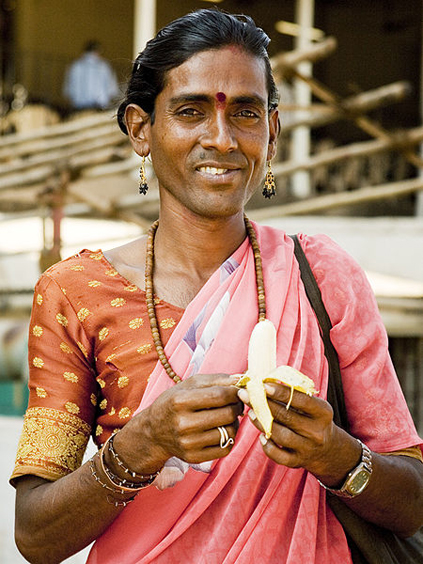
Pronouns can also pose as an issue for nonbinary people, since the English language lacks a singular, non gendered pronoun. This has prompted the rise of “they/them” pronouns, but others prefer to use deviations such as “zey/zem” and “ey/em” instead. Other words, like those pertaining to a significant other or work title, have also been reworked to exclude gender. A common term if one is dating a nonbinary person, instead of boyfriend of girlfriend, is “enbyfriend”, pronounced as if “NB” is being used instead of “boy” or “girl”, with “NB” standing for nonbinary. Workplace titles like Mx. denote neither male nor female; Mx. Smith, for example, is pronounced “Mix Smith”.
In Malden High, the nonbinary community is finding steady representation in the Gay Straight Alliance, which is fostering the recognition of entities that are not simply straight or gay. Students are being encouraged to voice their gender identities openly, and many teachers are supportive of changing a student’s pronouns if they wish. In all, people in both MHS and the city of Malden are finding support and encouragement to be themselves, regardless of sex, sexual orientation, or gender.

